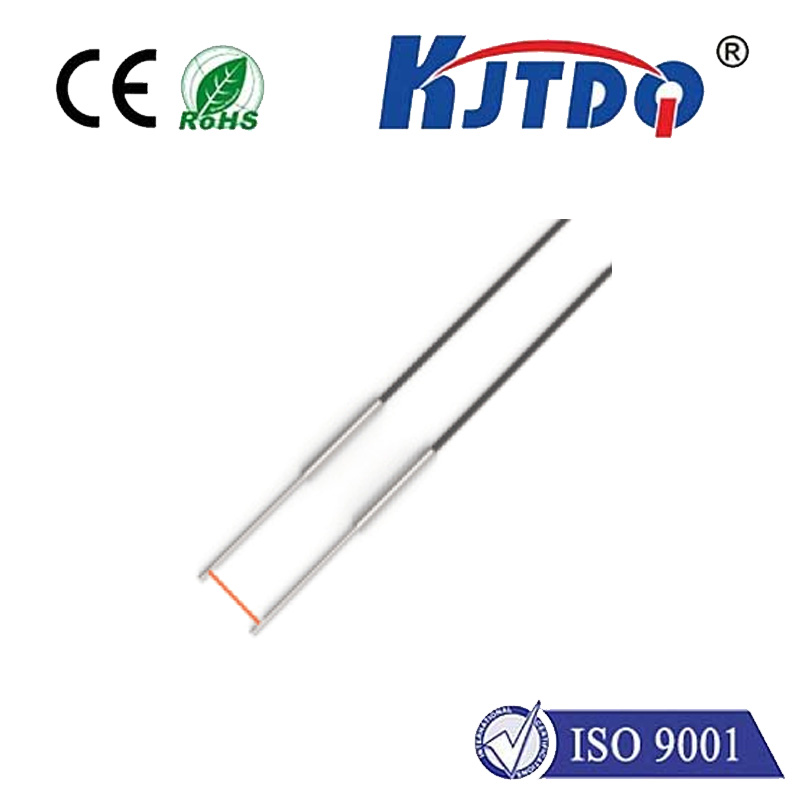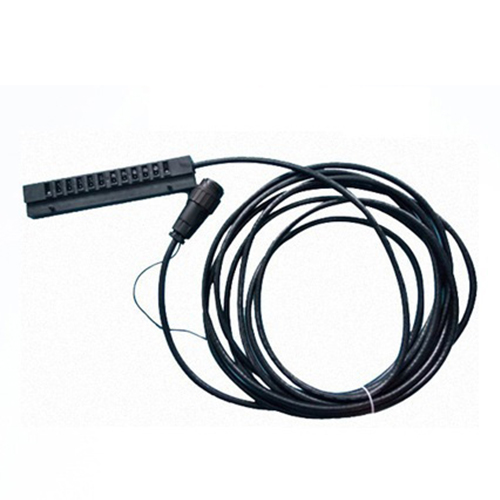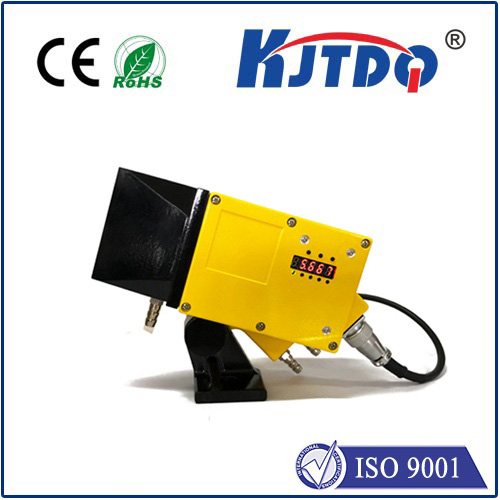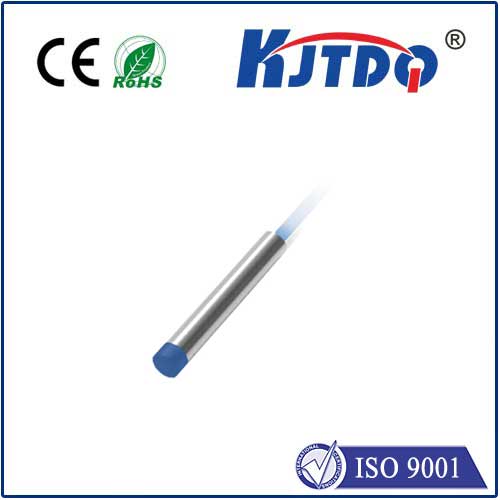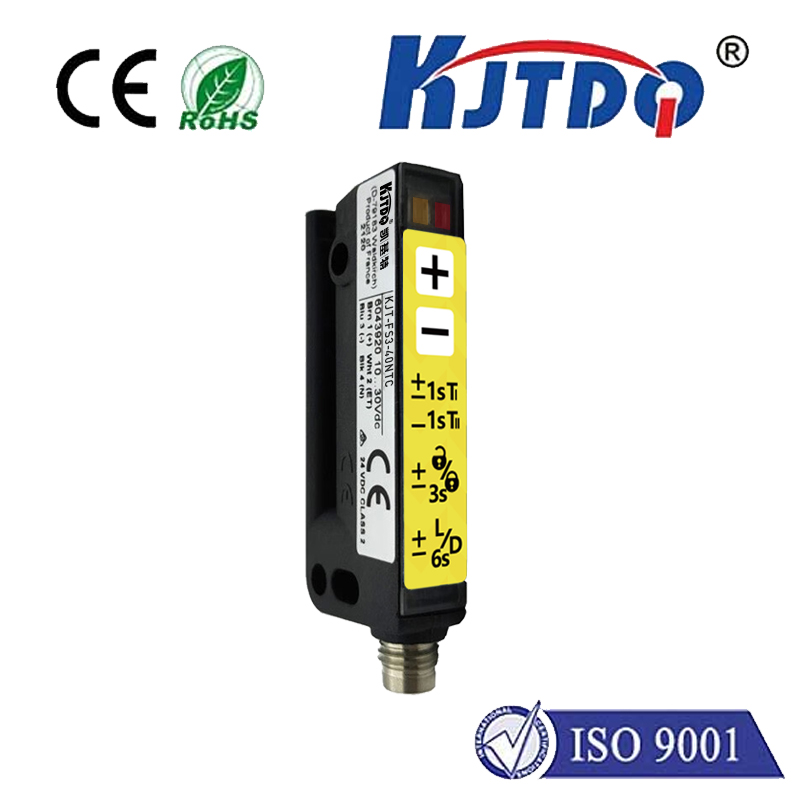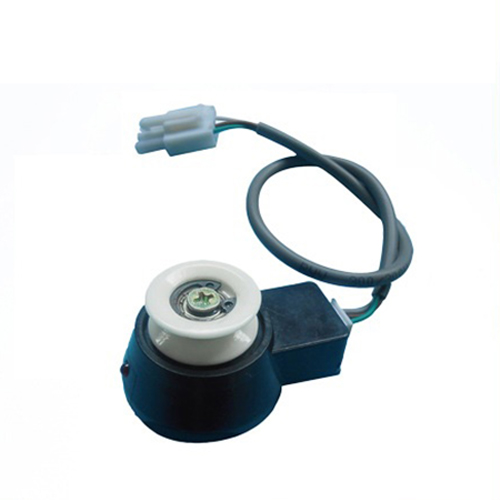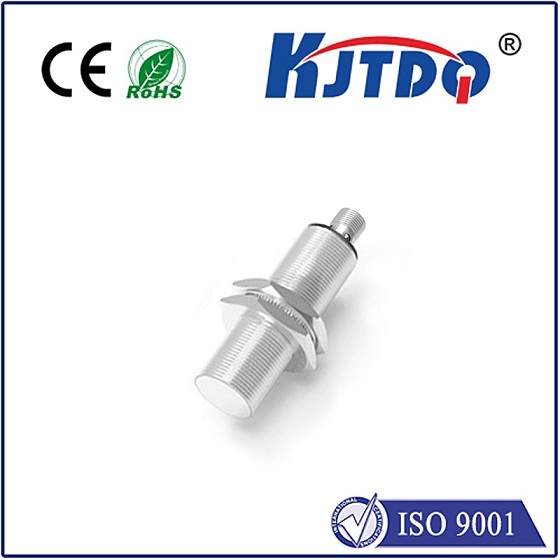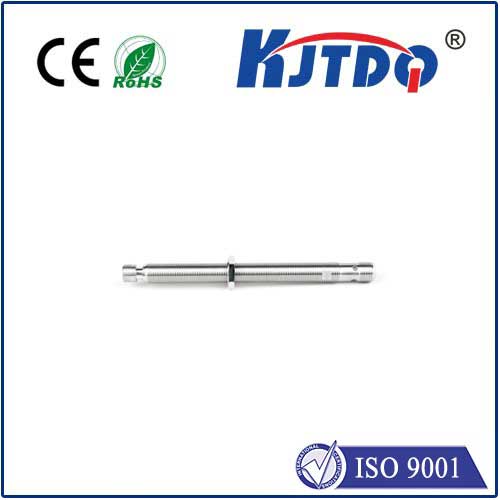LFB-1 Pull rope switch
- time:2025-09-24 08:36:50
- Click:0
LFB-1 Pull Rope Switch: Your Essential Lifeline for Conveyor Safety
Imagine this: a jam on a long conveyor belt snags a worker’s sleeve. Seconds matter. Across the bustling factory floor, another operator spots the danger. With a single, desperate grab and pull on a taut cable running alongside the belt, the entire system grinds to an immediate, emergency halt. This isn’t just a dramatic scenario; it’s the critical function performed reliably by devices like the LFB-1 Pull Rope Switch – the unsung heroes safeguarding personnel around hazardous machinery every day. When physical presence near moving equipment poses inherent risks, having a robust and accessible emergency stop mechanism is non-negotiable.
Conveyor systems, the arteries of countless industries from mining and manufacturing to logistics and packaging, present significant safety challenges. Workers performing maintenance, clearing jams, or simply working nearby face potential entanglement, crushing, or impact hazards. Traditional push-button emergency stops (E-stops) are vital, but their effectiveness is limited to their fixed locations. What happens when danger strikes several meters away? This gap necessitates a different solution: a system enabling rapid emergency shutdown from any point along the conveyor’s length. Enter the Pull Rope Emergency Stop.

The LFB-1 Pull Rope Switch embodies this essential safety principle. Its primary purpose is unequivocal: to provide a simple, failsafe means for personnel to initiate an immediate emergency stop of connected machinery by pulling a rope or cable strung parallel to the hazard zone. Its design focuses on maximum accessibility and fail-safe operation, adhering rigorously to international machinery safety standards like ISO 13850 (Safety of machinery - Emergency stop function - Principles for design).
Understanding the Core Mechanism
At the heart of the LFB-1 lies a robust and relatively simple, yet highly effective, mechanical design principle:
- The Pull Rope/Cable: This is the user interface. A durable, continuous rope or wire rope cable runs the full length of the protected area, mounted at an easily accessible height (typically waist level). It’s connected directly to the activation mechanism of the LFB-1 switch units.
- Switch Head Activation: The LFB-1 units themselves, strategically placed at intervals (usually every 20-40 meters depending on design and standards), house the critical switching mechanism. Crucially, these are designed so that pulling the rope in either direction activates the switch.
- Mechanical Trip: When the rope is pulled with sufficient force (exceeding a designed threshold, e.g., 70-100 Newtons), it triggers a mechanical trip mechanism within the switch housing. This action is purely mechanical, ensuring it works even in the event of power failure to the switch itself.
- Electrical Contact Change: The mechanical trip forces a set of changeover contacts inside the LFB-1 to change state. Normally Closed (NC) contacts (used for the safety circuit) open, while Normally Open (NO) contacts may close.
- Safety Circuit Breach: The opening of the NC contacts is the critical signal. This break in the safety monitoring circuit is detected by the machine’s safety relay or safety controller.
- Immediate Stop Command: The safety logic interprets the broken circuit as an emergency stop demand. It instantly commands the main power contactors to de-energize, stopping all motors and dangerous movements associated with the monitored conveyor or machinery. Often, this requires a manual reset at the switch location after the emergency is resolved.
Why the LFB-1 Design Matters: Key Features & Advantages
- Unparalleled Accessibility: Unlike fixed E-stops, the continuous rope allows activation from any point along its length – vital on long conveyor runs or where operators move freely. This drastically reduces reaction time in an emergency.
- Fail-Safe Operation: The fundamental mechanical activation ensures the switch triggers even if the switch’s power supply is lost, providing a critical layer of intrinsic safety. If the rope breaks or sags excessively, the switch should also trip, signaling a fault condition.
- Robust Construction: Built for harsh industrial environments, LFB-1 switches typically feature durable metal or high-impact plastic housings, resistant to dust, moisture (often IP65+ rated), vibration, and corrosion. The rope is chosen for strength and visibility (often yellow).
- Clear Visual Indication: Most LFB-1 units incorporate a brightly colored (typically red and yellow) flag or indicator that pops out when activated, providing immediate visual confirmation of which switch initiated the stop.
- Straightforward Installation & Maintenance: Relatively simple mounting and rope tensioning requirements facilitate installation. Maintenance usually involves periodic visual inspection, checking rope tension and integrity, verifying proper switch operation, and testing the integrated safety circuit.
Implementing LFB-1 Switches Effectively: Best Practices
Simply installing an LFB-1 system isn’t enough. Its effectiveness hinges on proper implementation:
- Strategic Placement: Position switch units at calculated intervals (refer to standards like ISO 13850 or applicable local regulations and conduct a thorough risk assessment) and at critical points like drive heads, tail pulleys, or transfer points. Ensure the rope runs unhindered and is easily reachable.
- Correct Tensioning: Proper rope tension is critical. Too loose and the switch might not activate reliably; too tight and it risks damage or false trips. Use the tension indicators typically built into the LFB-1 units. Regular tension checks are essential maintenance.
- Integration into the Safety Circuit: The LFB-1’s NC contacts must be integrated into a safety-rated monitoring circuit, typically a safety relay or a safety PLC. This circuit must meet Category requirements (like Cat. 3/PLd or Cat. 4/PLe per ISO 13849-1) appropriate to the risk level of the machinery.
- Regular Testing & Documentation: Implement a documented schedule for functional testing – pulling the rope at various points to ensure the machinery stops reliably and the correct switch activates. Record all tests and maintenance actions. Functional safety depends on verification.
- Worker Training: Personnel must be trained on the purpose, location, and operation of the pull rope switches. They need to understand that pulling the rope signifies an EMERGENCY situation requiring an immediate stop.
In conclusion, while the LFB-1 Pull Rope Switch operates on a fundamentally simple mechanical principle, its role as a guardian of workplace safety near conveyors and other linear hazardous machinery is indispensable. Its core strength lies in providing rapid, accessible, and reliable emergency intervention when seconds count. By ensuring its correct selection, strategic installation, integration into a robust safety circuit, diligent maintenance, and thorough operator training, facilities can significantly enhance personnel protection. This vital safety component acts as a tangible lifeline, embodying the proactive commitment to machinery safety where physical barriers alone are insufficient. Investing in and maintaining a well-designed Emergency Stop System featuring reliable pull rope switches like the LFB-1 isn’t just regulatory compliance; it’s a fundamental commitment to bringing everyone home safely.






